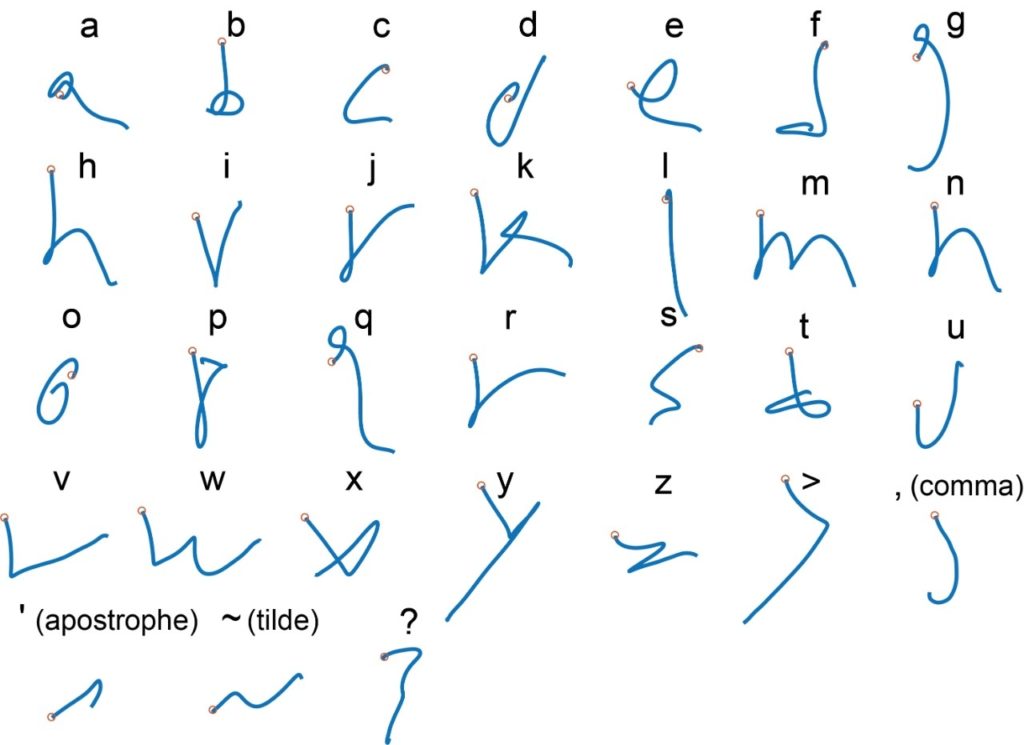Call it mindwriting
A way to communicate for those who can’t speak or produce text in an ordinary way

The combination of mental effort and state-of-the-art technology have enabled a man in his 60s with immobilized limbs to communicate by text at speeds rivaling those achieved by his able-bodied peers texting on a smartphone.
In a study of the communication method, a brain-computer interface implanted in the man’s brain sent signals to a computer with software that quickly converted his thoughts about handwriting into text on a computer screen.
The man, who lost practically all movement below his neck because of a spinal-cord injury in 2007, produced text at a rate of about 18 words per minute. By comparison, able-bodied people of the same age can punch out about 23 words per minute on a smartphone.
For the study, Jaimie Henderson, MD, professor of neurosurgery, placed two brain-computer-interface chips, each the size of a baby aspirin, in the left side of the man’s brain.
The man then concentrated on writing individual letters of the alphabet on an imaginary legal pad with an imaginary pen. The chips picked up signals from neurons firing in the part of the motor cortex — a region of the brain’s outermost surface — that governs hand movement.
Those neural signals were sent via wires to a computer, where artificial-intelligence algorithms decoded the signals and surmised the man’s intended hand and finger motions.
The algorithms were designed in Stanford’s Neural Prosthetics Translational Lab, which Henderson co-directs with electrical engineering professor Krishna Shenoy, PhD.
Using this approach, the man was able to write more than twice as quickly as he could using a previous method developed by the Stanford researchers, who reported those findings in 2017 in the journal eLife.
The new findings, published May 12 in Nature, could spur further advances benefiting hundreds of thousands of Americans, and millions globally, who’ve lost the use of their upper limbs or their ability to speak as the result of spinal-cord injuries, strokes or amyotrophic lateral sclerosis, also known as Lou Gehrig’s disease, said Henderson.
Shenoy and Henderson are the study’s senior co-authors. The lead author is Frank Willett, PhD, a research scientist in the lab.
“We’ve learned that the brain retains its ability to prescribe fine movements a full decade after the body has lost its ability to execute those movements,” Willett said.
Illustration courtesy of Frank Willett

